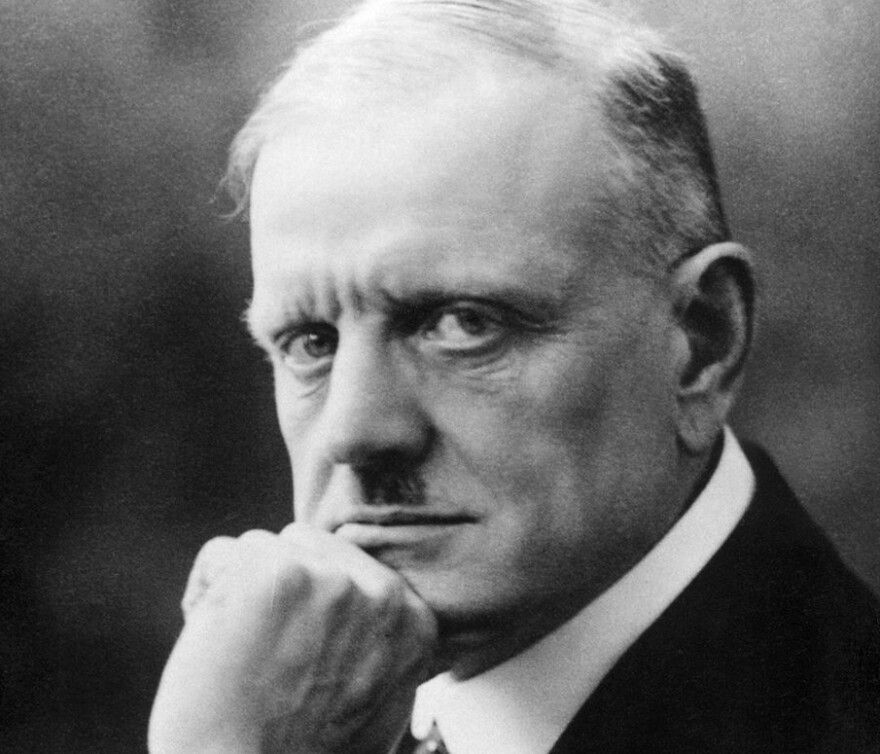Ivan Illich
.
Important works
1970 - Illich, Ivan - Deschooling Society
1970 - Illich, Ivan - The Church, Change and Development
1970 - Illich, Ivan; Toynbee, Arnold; Goodman, Paul - The Great Ideas Today
1971 - Illich, Ivan - Celebration of Awareness
1972 - Illich, Ivan (foreword); Hancock, Rose Mary (translator) - Letters from the Desert
1973 - Illich, Ivan - Tools for Conviviality
1974 - Illich, Ivan - Energy and Equity
1975 - Illich, Ivan - Medical Nemesis - The Expropriation of Health
1978 - Bradshaw, John S.; Illich, Ivan - Doctors on Trial
1978 - Illich, Ivan - The Right to Useful Unemployment
1978 - Illich, Ivan - Toward a History of Needs
1980 - Bracher, Karl D.; Illich, Ivan - Der Mensch und seine Sprache
1982 - Illich, Ivan - Gender
1982 - Illich, Ivan - Im Weinberg des Textes
1986 - Illich, Ivan - H2O and the Waters of Forgetfulness
1987 - Illich, Ivan et al. - Disabling Professions
1988 - Illich, Ivan - ABC - The Alphabetization of the Popular Mind
1991 - Illich, Ivan et al. - Was macht den Menschen krank - 18 kritische Analysen
1996 - Illich, Ivan - Klarstellungen
2002 - Illich, Ivan; Hoinacki, Lee; Mitcham, Carl - The Challenges of Ivan Illich
2011 - Illich, Ivan; Cayley, David - Ivan Illich in Conversation
2012 - Illich, Ivan - In the Mirror of the Past
2018 - Illich, Ivan - Shadow Work
.
.
.
Videos
Ivan Illich - Medical Nemesis: The Expropriation of Health
https://www.youtube.com/watch?v=kAO7_9qACIs
Ivan Illich on Water and the History of the Senses - 1984
https://www.youtube.com/watch?v=BrtO8kPdlRg
.
.
.
Other Texts
https://www.untergrund-blättle.ch/gesellschaft/panorama/technisierte-hoelle-ivan-illich-corona-krise-7875.html

